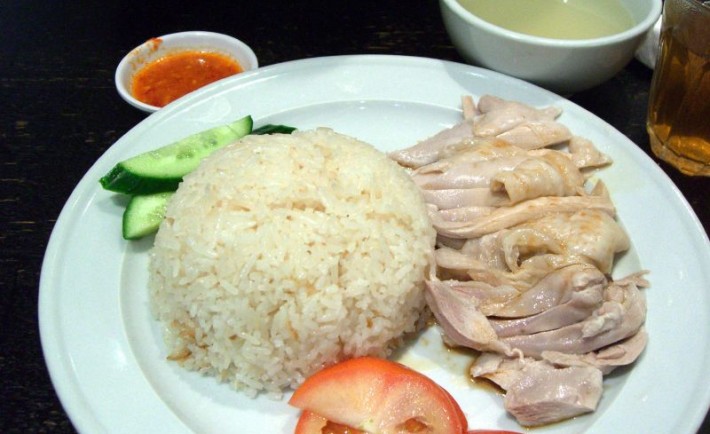DEFINITION
Before anything else, we must define two terms: debt and credit. Debt is the amount borrowed by one party (e.g., corporations or individuals) from another (e.g., banks). While Credit is the lawful agreement in which a borrower receives something of value today and agrees to repay later on in the future, usually with interest. Simply, when you use your credit card, you create debt. Debt here is the result from your ability to borrow – from your credit.
Now that you know the definitions and the differences between these two terms, you must discover the pros and cons of using credit as well as the 3 C’s of worthiness. All these are according to the Credit Bureau Singapore. Credit Bureau Singapore was set up in lined with the Monetary Authority of Singapore’s vision to enhance the public’s risk management abilities.
PROS AND CONS OF USING CREDIT
The pros and cons of using credit or credit card are plain and straightforward.
Pros
Being able to buy what you need right away
Not having to carry cash
Automatic record of purchases
More convenient than cheques
Cons
Interest especially for items of higher cost
Have additional fees
Financial difficulties may arise
Elevation in impulse purchases may occur
3 C’S OF WORTHINESS
Before swimming in a pile of credit, know if you are worthy to take the plunge by asking yourself a set of questions.
1. Character (Are you the type of person who will repay his or her debt?)
Does your credit history show that you are honest and reliable in paying debts?
Do you pay bills on time? Do you have a good credit score/report?
Can you provide a couple of character references?
How long have you been at your present occupation?
How long have you lived at your present home?
2. Capacity (Are you able to repay the debt?)
Is your job income enough to support your credit usage?
Is your job stable and steady?
How much is your salary?
How many loan payments do you have in total?
What are your current debts?
How many people are dependent on you?
3. Capital (Do you have back-up if you cannot repay the debt?)
Do you have a savings account?
Do you have various investments to use as a collateral?
Can you enumerate the properties that you own to help secure loans?
What other valuable assets do you have that could be used to repay debts?
It is essential to know all these to assess whether you are truly fit to apply for a credit card or loan. Furthermore, you may use the information to guide you in your responsibilities as a borrower.
















